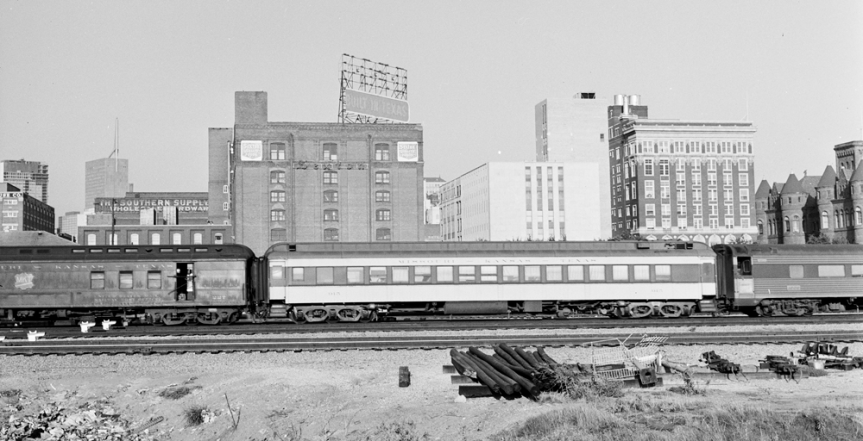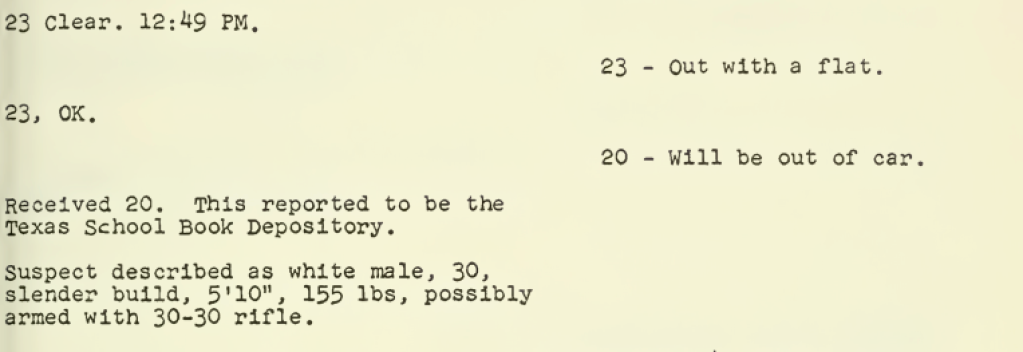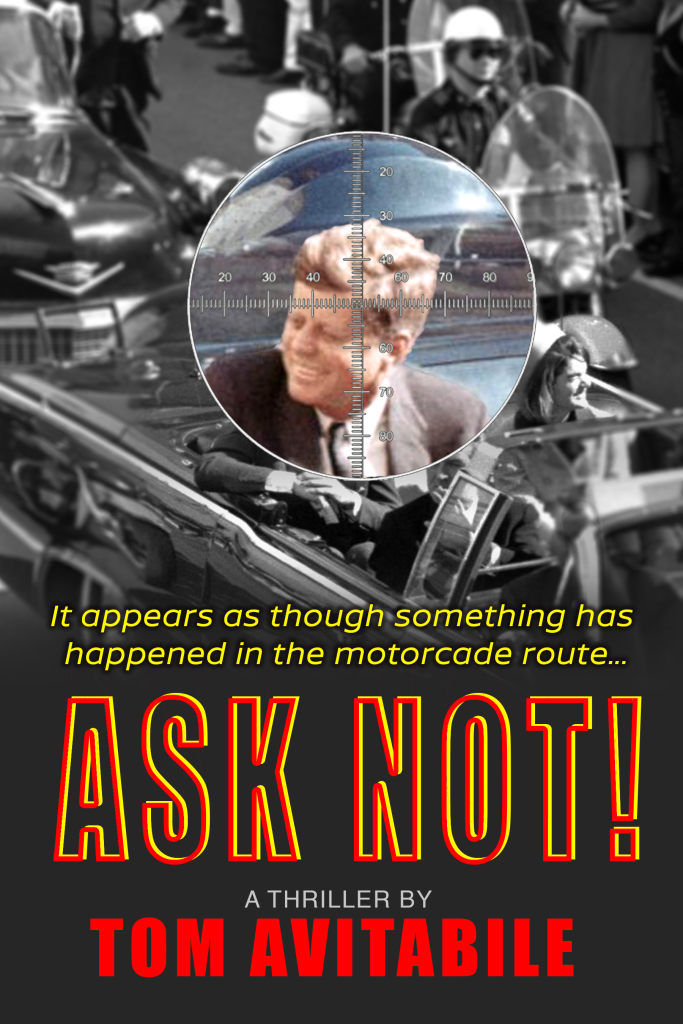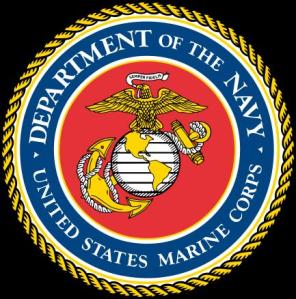
What lies beyond the grassy knoll? If any part of that sentence resonates with you then you are aware of the controversies surrounding the Kennedy assassination. So, I will skip the obligatory, remedial recitation of the facts and suspicions in, or not, in evidence.
In my research for a 1993 screenplay, and more recently for my new blockbuster thriller, “Ask Not,” I refreshed my files on the “alternate theories” of what happened that day, November 22nd 1963, in Dealey Plaza.
As always, a good way to start is a deep dive into the 1600 pages that comprise the 26 volumes of the Warren Commission Report. A painstakingly assembled collection of documents, photos, and testimony that was ordered by LBJ shortly after the assassination. The “shorthand” report was itself, a hefty 888 pages.
If you can’t sleep at night because you don’t believe the Warren Commission, then you are like a huge percentage of Americans who express doubt to this day about who killed Kennedy. Which is why it is the “setting” for my latest novel. But parts of the very report that claims there was only one lone gunman, three shots, and no conspiracy, can lead you to suspect that there was possibly another shooter.
Here’s one example of what can be extrapolated from the Warren Report. The Police radio logs reprinted within the 1600 pages that contain quirky little nagging facts like this: At the time of the shooting of the president at 12:30 in the afternoon, the police dispatchers were sending cops to the railroad track area. That order was logged in at 12:30 p.m. and 40 seconds.

The railroad track area? But…but the president was just shot! Why are you sending every cop you have to the the railroad track area?
What lies beyond the grassy knoll? The railroad track area.

Right behind the wooden fence. The fence just to the front and right of the spot where Kennedy’s limo was when he was fatally shot. The exact spot the “Grassy Knoll Types” maintain the fatal bullet came from.
Interestingly enough, the transcripts show us that it wasn’t until 12:49 or so, almost 20 minutes from the moments the shots rang out, that the first mention of the Texas School Book Depository was broadcast over police radios.

What followed immediately was a description of a man, said to still be in the building, was dispatched. (Later we learned that at that moment, Oswald was on a city bus and then took a cab back to his rooming house.) But they gave a description! If Oswald wasn’t there, then who were they describing?
Of course, none of this is proof of anything, first reports of traumatic events are often inaccurate, and chaos and confusion reign supreme over witnesses and even some police. But if you are looking for a way out of the morass of randomness and senselessness that the lone nut theory has created in people for the last 60 years, then there is some great fertilizer here in which to plant your conspiracy theory.
Coming in at slightly less than the 1600 hundred pages of the Warren Commission Report, is my new thriller, Ask Not! Which lands on the desk at a very digestible 275 pages.
Most novels are set in a place, a location. The setting for my murder mystery is the entire universe of conspiracy theories and public doubt over JFK’s murder. The Kennedy assassination still engages, enthralls, and endures 60 years later, in most part because of these conspiracy theories that keep it alive. I call that, America’s Assassination Fascination.
My main character, airline pilot Hank Larson, could care less about who killed Kennedy and was perfectly happy with the Warren Commission’s conclusions, and then never thought of it again. Until his brother is murdered, and he is set on a path. One which brings him right in front of the Grassy Knoll. With a target on his head. Right in the crosshairs of nefarious, powerful, and ruthless men who wish to keep secret whatever the hell did happen that day.



 I grew up the son of a Teamster. My Mom and I got two checks. One, we stood in line for down at 250 Church Street at the Welfare Office. The other came in the mail from the Union. My dad’s union benefits were our lifeblood after he died. I was brought up to believe in “Unions and the Brotherhood.” The actual name was the International Brotherhood of Teamsters. We were a ‘local 237’ family. The checks were written to Antonio Avitabile, but the guys at work and around the neighborhood, and in my family called him “Chippo.”
I grew up the son of a Teamster. My Mom and I got two checks. One, we stood in line for down at 250 Church Street at the Welfare Office. The other came in the mail from the Union. My dad’s union benefits were our lifeblood after he died. I was brought up to believe in “Unions and the Brotherhood.” The actual name was the International Brotherhood of Teamsters. We were a ‘local 237’ family. The checks were written to Antonio Avitabile, but the guys at work and around the neighborhood, and in my family called him “Chippo.”